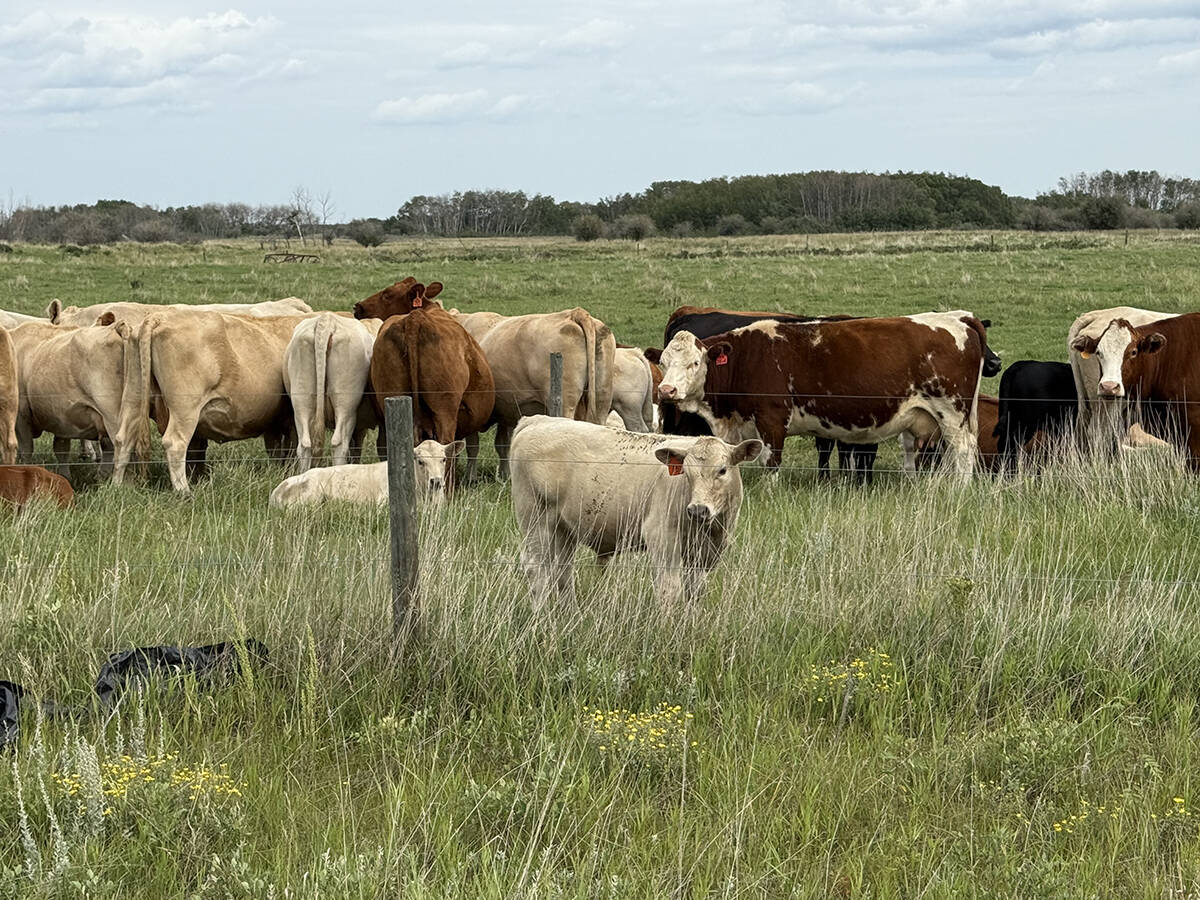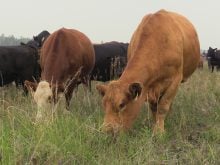This cattle market information is selected from the weekly report from Canfax, a division of the Canadian Cattlemen’s Association. More market information, analysis and statistics are available by becoming a Canfax subscriber by calling 403-275-5110 or at www.canfax.ca.
Fed market lower
Volumes in the western Canadian cash market were too light to establish a weighted average price.
Of the few cattle that traded, live sales were comparable with the previous week’s weighted average while dressed sales were steady to $6 lower, ranging from $294-$297 per hundredweight delivered.
Read Also

Canfax cattle market report – September 18, 2025
The Canfax cattle market report for September 18, 2025. Fed & feeder cattle prices, butcher cow trends, and cutout market insights.
The market is still searching for the summer low with prices in Canada the lowest in 11 months and values in the United States the lowest since December 2013.
One Alberta plant was buying cattle for the first week in November, while the other was buying for the second week in October.
Some producers are contracting cattle for November. Considering freight and grading discounts, contracts appear to be at a slight premium to negotiated cash prices for November delivery.
Packers appear to be killing fewer cows and are allocating the space to the A grade kill. Processing margins remain healthy.
One or both Alberta plants might soon add Saturday kills.
Dressed sales in the U.S. north were US$5-$10 lower in light trade, while southern regions traded $4 lower on a live basis.
Cows down $2-$3
D1, D2 cows ranged C$125-$144 to average $134, and D3 cows ranged $110-$130 to average $121.13
Rail grade cows were mostly steady at $255 to $260 delivered.
Slaughter bulls were steady, averaging $166 per cwt.
Weekly western Canadian slaughter to Sept. 12 rose three percent to 4,402 head.
Volumes at auction should seasonally increase, pressuring prices.
Young feeder cows should see strong demand.
Feeder prices lower
Feed costs in Western Canada are now competitive with the United States after adjusting U.S. corn prices for the Canadian dollar.
U.S. feedlots have lost money for several months, while Canadian feedlots had been profitable because of the weaker loonie.
Alberta feeder prices fell with increased volume and additional special feeder sales.
Stocker calves 300-400 pounds were the exception with stronger prices. Feeders weighing 400-800 lb. were generally $1-$4 lower.
Feeders heavier than 800 lb. fell $4.50-$5 on reduced lot size, quality and poor feeding profitability.
Calves are generally trading $40-$50 higher compared to the same week last year. Yearlings heavier than 800 lb. are $30-$35 higher.
Sales volumes rose 63 percent to 55,414, steady with last year.
Feeder prices should ease through September and rebound modestly in October.
Calf prices this fall appear well supported, based on tight supplies, but upside is capped by resistance to higher beef prices and reduced feedlot profitability.
U.S. beef falls
Choice cutout to Sept. 17 was US$230.50, down $8.54, and Select was $221.70, down $11.91.
The Choice cutout was the lowest since mid-May 2014, and Select was at the lowest since mid-June 2014.
Canadian boxed beef prices for the week ending Sept. 4 were AAA C$309.36 per cwt., down 95 cents and AA $293.07, down $10.89.














